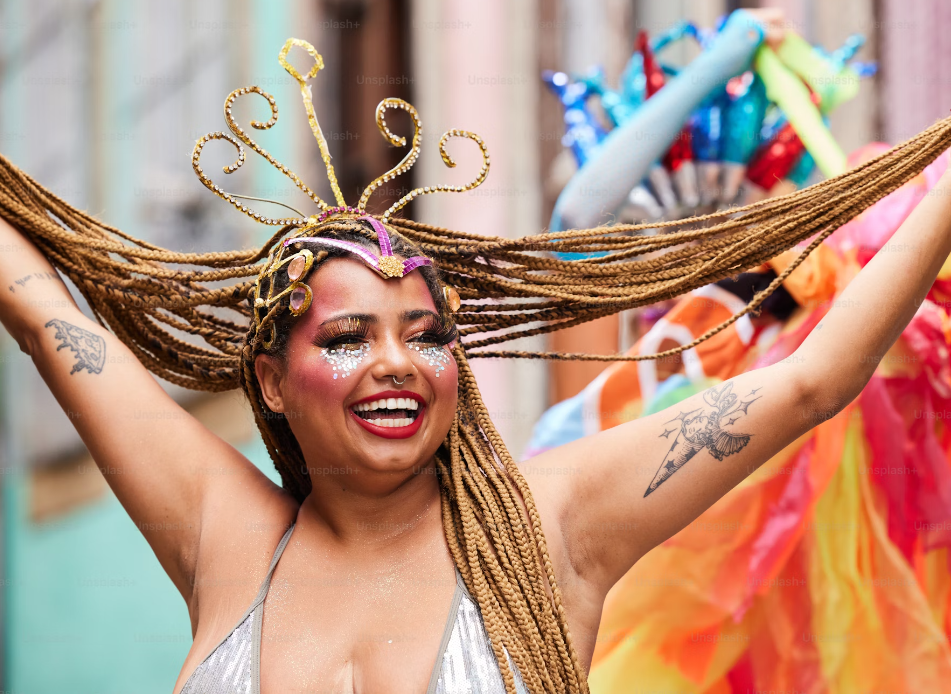Title: “Global Tapestry: Exploring Festivals and Traditions That Unite Us”
Introduction
As the world becomes increasingly interconnected, the beauty of cultural diversity shines brighter than ever. Every corner of the globe boasts unique festivals and traditions that reflect the values, beliefs, and histories of its people. These celebrations not only honor heritage but also foster understanding and appreciation among different cultures. Join me on a journey through vibrant festivals that showcase the rich tapestry of humanity.
1. Diwali: The Festival of Lights (India)
Diwali, celebrated by millions around the world, signifies the triumph of light over darkness and good over evil. Families illuminate their homes with oil lamps, share sweets, and participate in firework displays. The festival’s rituals vary by region but universally promote togetherness and joy. Diwali reminds us that no matter our background, we can find common ground in the pursuit of light and positivity.
2. Carnival: A Vibrant Celebration of Life (Brazil)
Every year, Brazil bursts into a kaleidoscope of colors during Carnival, a week-long festival that precedes Lent. Known for its samba parades, elaborate costumes, and infectious energy, Carnival draws millions of participants and spectators. This celebration is a fusion of African, Indigenous, and Portuguese influences, illustrating how cultures can blend to create something extraordinary. Carnival encapsulates the joy of life and the power of community.
3. Hanami: Cherry Blossom Festival (Japan)
In Japan, the arrival of spring is marked by Hanami, the cherry blossom festival. As cherry trees bloom, families and friends gather for picnics beneath the delicate pink blossoms. This centuries-old tradition emphasizes appreciation for the fleeting beauty of life. Hanami encourages us to pause, reflect, and cherish moments with loved ones, fostering a deep connection with nature and community.
4. Eid al-Fitr: Breaking the Fast (Muslim Communities Worldwide)
Eid al-Fitr marks the end of Ramadan, a month of fasting and spiritual reflection. Celebrated by Muslims around the world, this festival begins with a special prayer service and is followed by communal feasting, giving of gifts, and acts of charity. Eid emphasizes gratitude, compassion, and unity, reminding us of the importance of community support and the joy of sharing with others.
5. Día de los Muertos: Honoring the Departed (Mexico)
Día de los Muertos (Day of the Dead) is a vibrant Mexican celebration honoring deceased loved ones. Families create altars adorned with photographs, favorite foods, and flowers to invite the spirits back for a day of remembrance. This festival uniquely blends Indigenous traditions with Catholicism, emphasizing the cycle of life and death. Día de los Muertos serves as a reminder to cherish memories and celebrate the lives of those who have passed.
6. Chinese New Year: A Fresh Start (China and Beyond)
Chinese New Year, also known as the Lunar New Year, is one of the most significant celebrations in Chinese culture. Families gather to enjoy traditional meals, set off fireworks, and exchange red envelopes filled with money for good luck. The festival is steeped in symbolism, from the colors used to the foods eaten, all aimed at bringing prosperity and happiness for the year ahead. Chinese New Year highlights the importance of family and the hope for new beginnings.
Conclusion
The world is a mosaic of cultures, each contributing its unique colors, sounds, and traditions to our shared human experience. Celebrating these diverse festivals fosters empathy, understanding, and connection among people from all walks of life. As we embrace these celebrations, let us remember that our differences enrich our global community, making it a more vibrant and beautiful place to live.
So, wherever you find yourself in the world, take the time to participate in local celebrations, learn about other cultures, and celebrate the diversity that unites us all.
Feel free to adjust any sections or themes!





